The A-Z Of Music-Making: The E’s & F’s – From EQ To Frequency
It’s the penultimate edition of part 1 of our A-Z series, where today we’re covering the E’s & F’s, from EQ to frequency… (Click the titles for the best of each definition) 1. Ears Your precious lugholes. Human hearing range is commonly 20 to 20,000Hz, with 2,000 to 5,000Hz being the most sensitive area. The […]
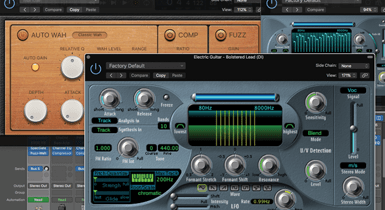
It’s the penultimate edition of part 1 of our A-Z series, where today we’re covering the E’s & F’s, from EQ to frequency…
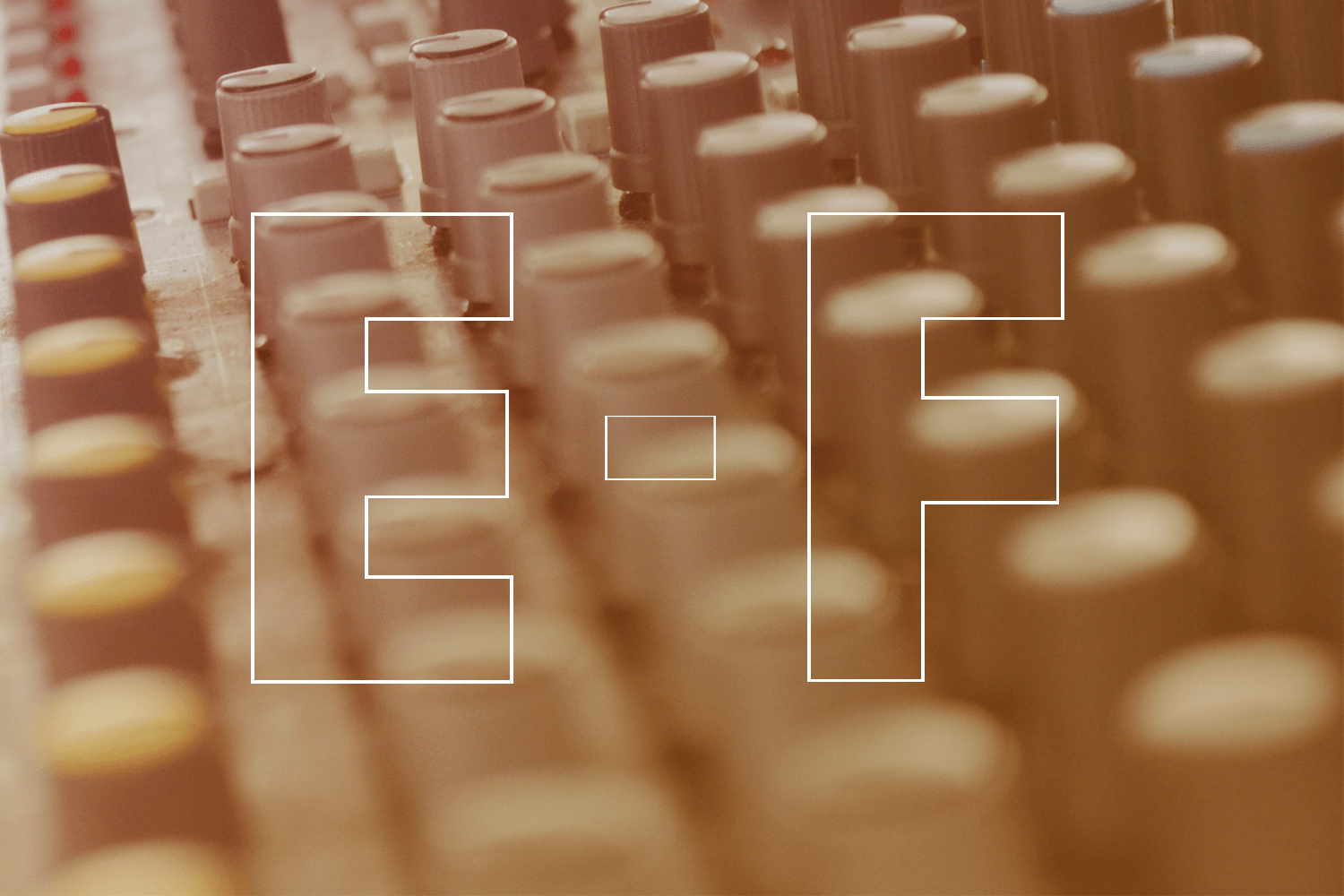
(Click the titles for the best of each definition)
1. Ears
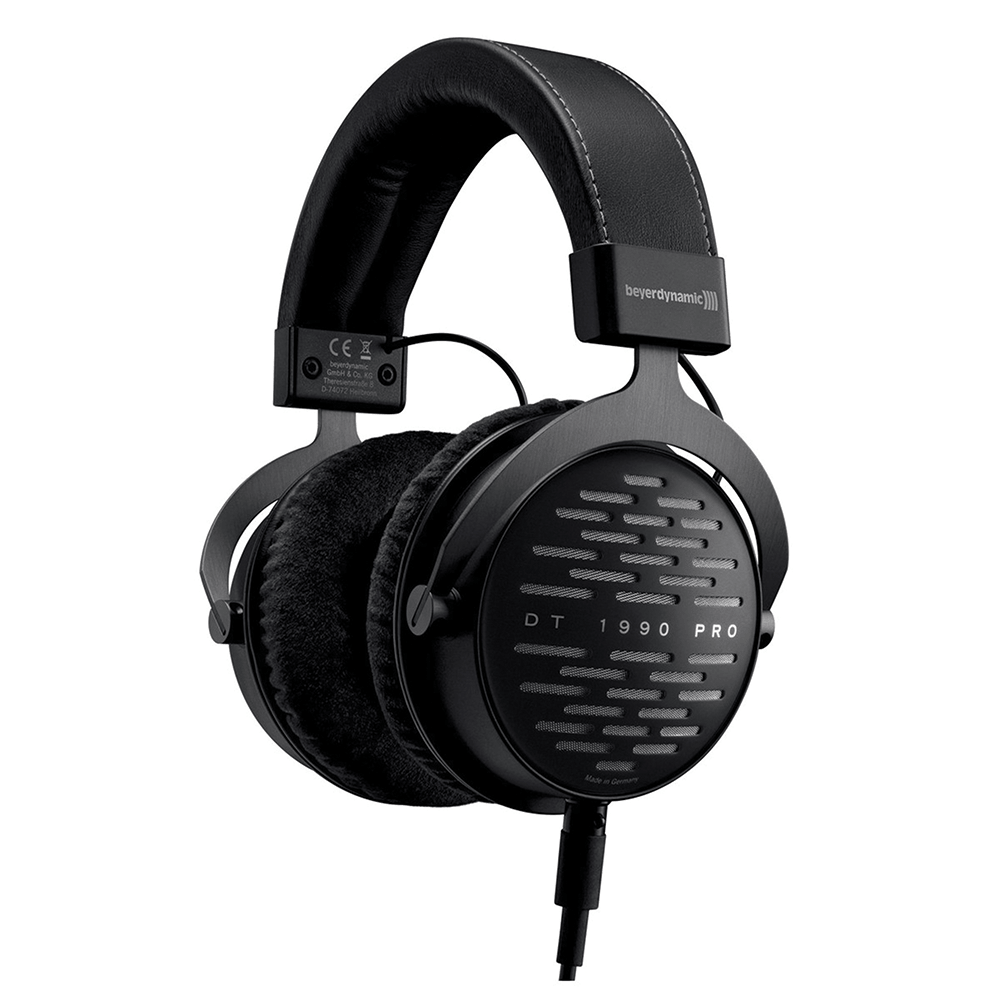
Your precious lugholes. Human hearing range is commonly 20 to 20,000Hz, with 2,000 to 5,000Hz being the most sensitive area. The difference between the quietest to the loudest sounds you can hear is about 120dB, a range of one million in amplitude.
When listening to very quiet sounds, the ear drum vibrates the width of a single molecule. If listening loud, do it for short periods of time, to prevent ear fatigue and long-term damage. Remember: your ears are a conduit to the world of music and you only get one (non returnable!) pair. Look after them.
2. EQ
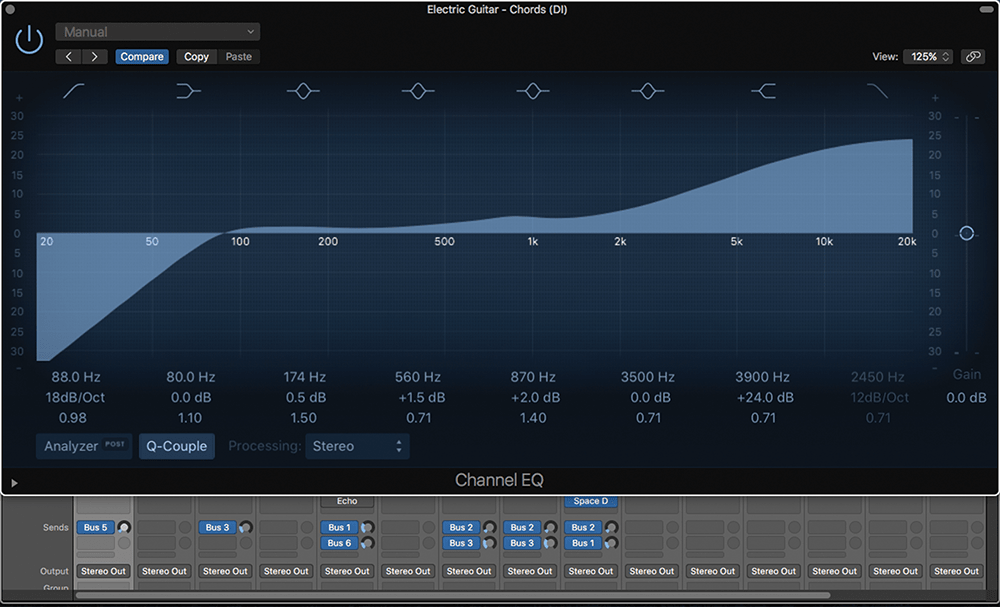
Equalisation (EQ) shapes the sound of the audio signal by adding or subtracting gain to various frequencies. There there are a few types of EQ. In a Graphic Equaliser, the input signal is sent to a bank of filters and each filter has its own frequency band and gain. Parametric is a sweepable EQ for broad and precision adjustments. Here are some general EQ guidelines:
- 30Hz sub bass, a rumble in your chest
- 60Hz the main energy of the kick and low bass notes
- 125Hz bass warmth, lowest frequency of male voices
- 250Hz muddiness, lowest frequency of female voices
- 500Hz low midrange
- 1kHz midrange
- 2kHz high midrange
- 4kHz harsh frequencies and bite
- 8kHz air and brightness
- 16kHz sparkles and shimmer.
3. Fader
A volume control, usually linear in operation.
4. Filter
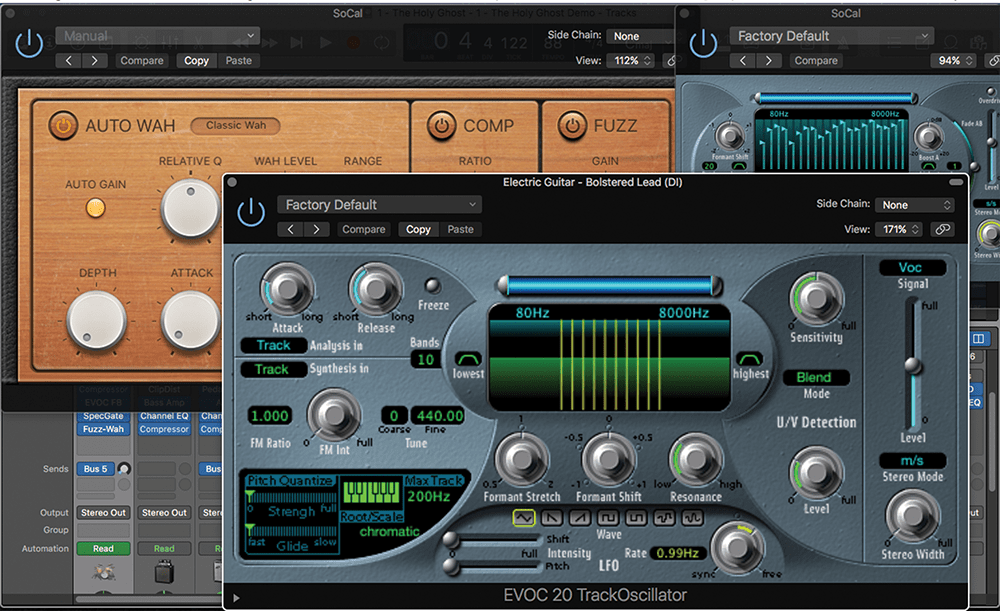
Filtering is an EQ process. High pass allows higher frequencies to pass, so is good for getting rid of unwanted bass. Low pass allows frequencies below to pass, so is great for filtering out unwanted higher frequencies. Try putting synths through a low-pass filter and automating the frequency from about 200Hz to 20kHz for epic builds in your track.
5. Frequency
Frequency is measured in Hz – cycles per second. In a sound, the fundamental frequency is the lowest component in the spectrum, and harmonics are multiples of the fundamental frequency. Frequency is logarithmic in nature, so double or halve the frequency to go up or down an octave.
A Sine wave has only one fundamental frequency, but a Square wave is made up of many harmonics. These harmonics are actually Sine waves, too, so a Square wave can be made up from a combination of Sine waves. This can be worked out using Fourier analysis, which powers many of your plug-ins.
